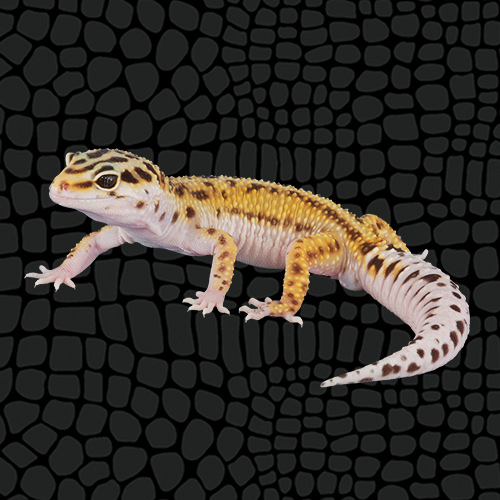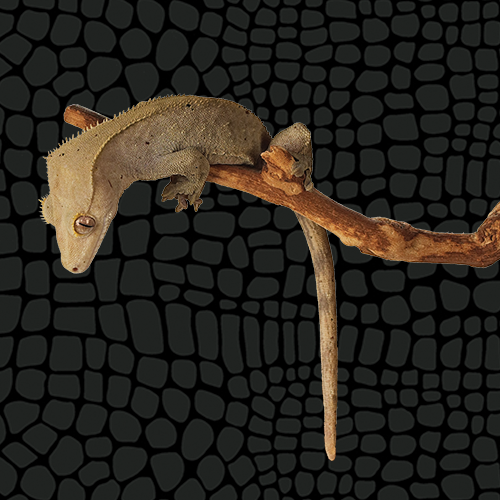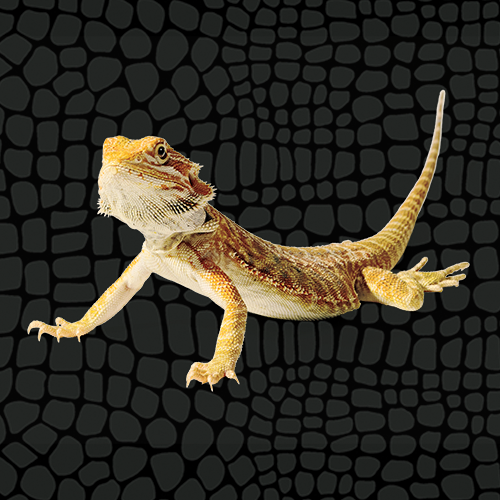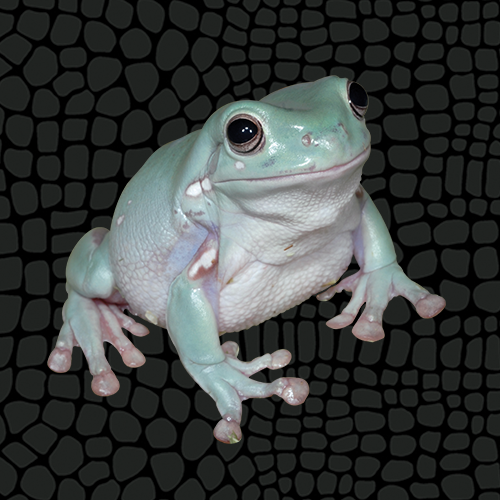Are Reptiles a Good Pet for Kids?
Adopting a family pet is a lot of fun, but it’s also a big commitment. You’re adding a new member to the family and it’s important to pick a pet that you’ll be able to commit to.
Reptiles make great first pets. They don’t take up a lot of space, their needs are simple, and they are fun and adorable. Considering there are many different types of pet reptiles with varying levels of care needs, you are bound to find one that fits your family perfectly!
If you are debating about whether to get your child a pet reptile or amphibian, consider these helpful tips from our pet experts.

Reasons Why Kids Should Have Pets
Pets teach kids about empathy – Young children are often very “me” centered. But the good news is, learning how to properly care for a pet can help teach children about empathy. As they care for their pets, children will learn how their pet feels about certain changes in their habitat and room environment. In fact, you might be surprised with how quickly they pick up on the likes and dislikes of their new pet. Having a pet teaches children to see things from a pet’s perspective, which is a stepping stone to seeing things from the perspective of others.
Pets teach kids responsibility – Taking care of an animal teaches your children about responsibility. Even if your child is very young, they can still manage filling a bowl of food or water. As your kid grows more capable in the care of their pet, they can slowly gain more responsibilities.
Pets give kids confidence – Taking care of a pet may be the first “job” your child ever has. By doing their job well, your child will see how capable they are with responsibility. This will lead to increased confidence and hopefully, more opportunities to show their responsibility.
Having a pet gives kids someone else to talk to – Kids have a lot to talk about and many children enjoy talking to their pets. Pets are non-judgmental listeners who will gladly pay attention to the same story multiple times. Not to mention, pets are great at keeping secrets.

To Find The Best Pet, You Need To Do Your Research
No matter what kind of pet you get, be sure to do all the research you can. Know what kind of food they eat, what kind of supplies they need, what their habits are, etc. The more prepared you are, the more positive the experience will be for you, your kids, and your pet. And always remember to teach your child to wash their hands after handling their pet.
The Top 5 Reptiles and Amphibians For Kids
The world of pet reptiles is expansive, and it’s hard to know where to start. When your family is looking for kid-friendly reptiles, consider selecting a pet that is docile, easy to manage and engaging. Here are some of our top picks for reptiles that make great first pets for kids of all ages.

Leopard Gecko – These critters are passive, easy to handle and very hardy. They make a perfect starter pet for little hands ready to learn about what it takes to care for a living creature. Leopard geckos are a unique type of gecko because they have vocal cords which allow them to squeak and bark. Even as juveniles, the leopard gecko is accepting of various levels of handling. Despite their sturdy nature, you still need to take care and treat them cautiously. Never grab them by the tail because doing this will frighten them and may cause the tail to detach.
Leopard geckos are largely insectivorous, which means they eat insects. You or your children will have fun feeding them crickets, mealworms, superworms, roaches and waxworms.
For more information on what it takes to take care of leopard geckos read our handbook.

Crested Gecko – The crested gecko is easy to keep and easy to love! They come in a range of colors and patterns, which make them fun to look at, and these geckos have been known to have individual personalities. When you build a habitat, it’s important to remember that geckos are very sensitive to high temperatures. Misting will become a part of the daily care routine because these geckos rely on humidity to smell their food and drink off of leaves and terrarium walls.
Like the leopard gecko, the crested gecko eats crickets, but they also eat various fruits as well. Your gecko will need to be fed 2-3 times weekly.
For more information on what it takes to take care of crested geckos read our handbook.

Bearded Dragon – Bearded dragons are one of the most popular pet reptiles, and for good reason. They are low maintenance, friendly, adaptable and docile, to the point where it’s common for people to dress them up for Halloween! They don’t mind, as long as you are gentle and take great care with them.
Bearded dragons eat both plant and animal matter. You should be comfortable feeding them crickets, mealworms, superworms, and roaches. To balance their diet, you should also provide them with a mixture of veggies weekly.
For more information on what it takes to take care of bearded dragons read our handbook.

Corn Snake – Corn snakes are one of the most popular pet snakes. They are a small breed of snake, typically reaching about 5.5 feet long but remaining very thin their whole lives. Like the other pets on this list, their needs are simple and they are a very hardy animal. Years of being bred in captivity have resulted in snakes with a wide range of available colors and patterns.
Many people worry about snakes escaping their terrariums; however, this is an easy problem to avoid as long as you invest in sealed and escape-proof housing.
Your snake will need to be fed once every 5-7 days, and yes, you will need to feed them mice or small rats. Young snakes are often nervous and must be handled gently. The more you handle your young snake the more they will grow to be accustomed to handling as they get older.
For more information on what it takes to take care of corn snakes read our handbook.

White’s Tree Frog – Also known as Dumpy Tree Frogs, these pudgy little fellas are docile, hardy, unafraid of humans and often reluctant to jump. They are more likely to tolerate handling than other amphibians, and will grow accustomed to you a lot faster because of this.
White’s tree frogs are insectivorous, in captivity they eat mostly crickets, roaches, earthworms, and mealworms. These frogs only need to be feed 2-3 times weekly. Be cautious about over feeding them, a fat frog might sound cute but it may lead to other health issues. They grow to about 4 to 5 inches as adults and are available in many colors and patterns.
For more information on what it takes to take care of white’s tree frogs read our handbook.
There are so many more reptiles and amphibians that make excellent starter pets aside from the ones on this list. With many types of frogs, turtles, and lizards out there, you are bound to find the perfect fit for your family. Visit our Best Beginner Reptiles page for additional ideas or contact experts at a renowned Herpetological Society near you to find your family’s perfect match!
To stay in-the-know, visit our articles, FAQs, and subscribe to our Zilla Zooletter to get all the latest information on reptile care and new products. We love hearing from you! If there is more you’d like to learn about or if you’re looking to be involved in our reptile-loving community, find us on Facebook.
